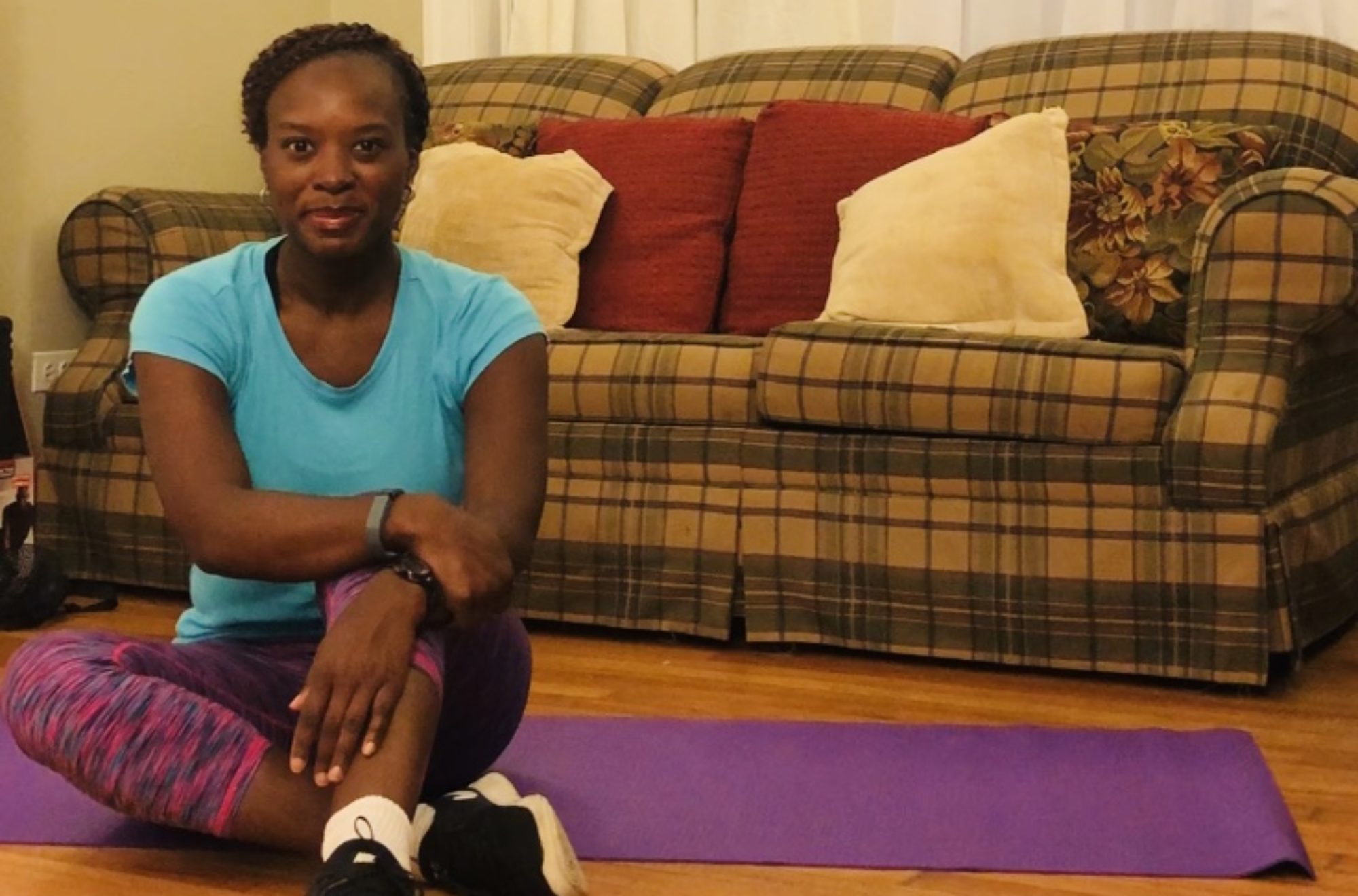
There aren’t too many fitness professionals out there advocating low-impact exercises. In the age of cross-fit and HIIT, some think that the more intense the work out the better. I don’t believe that. In fact, I encourage people to engage in low-impact exercises.
What are low-impact exercises?
Low-impact exercises include any form of physical activity that has a “low-impact” on your joints. Exercises like walking, bike riding, swimming, and yoga. It’s even possible to convert a number of high-impact exercises, like jumping jacks, to low-impact exercises.
There are four distinct reasons people may want (or need) to consider low-impact exercises.
Reason #1: Change Things Up
The human body is completely adaptable. Your workout starts to seem ineffective if you always to do the same thing. However, incorporating some low-impact moves can help get things going again.
Reason #2: Increase Intensity and Preserve Your Joints
Some people are convinced that you can’t get a good workout with low-impact exercises. That’s not true. In reality, you can have super intense low-impact workouts that produce more sweat than some high-impact workouts. How? If your high impact workout, requires a great deal of jumping, you can only jump for so long. Your knees and ankles will eventually need a break from all the pressures. However, switching to a low impact form of the same exercises will enable to have longer more intense sessions because your joints won’t suffer.
Reason #3: Build Strength and Endurance
If you’re just starting out on your fitness journey, you might not be in the best shape right now. You may even have a significant amount of weight to lose right now. The idea of doing plank jacks, burpees and high knees probably sounds a bit intimidating or even painful. Starting out with low-impact exercises allows you to gain strength and see just how far you can grow in your fitness. When you’re ready, you can switch out some low-impact exercises with their high-impact counterpart and see how you feel.
Reason #4: Injury Recovery or Limited Mobility
Every exercise isn’t for every body. In other words, we all have physical limitations. There are things some people simply can’t do as a result of limited mobility and former injury. Someone who blew out their knee playing college football, might not be able to perform jump squats. The person who had shoulder surgery won’t be able to do push-ups or planks. Even so, there are low-impact versions of exercises individuals can do that will help them reach their fitness goals.

Hopping on the Scale! Don’t forget to hop on the scale and see where you are this week. Remember: if you were able to maintain and not gain, that’s still a win!
Follow Get Fit with Charity on Facebook, Pinterest and Instagram!

